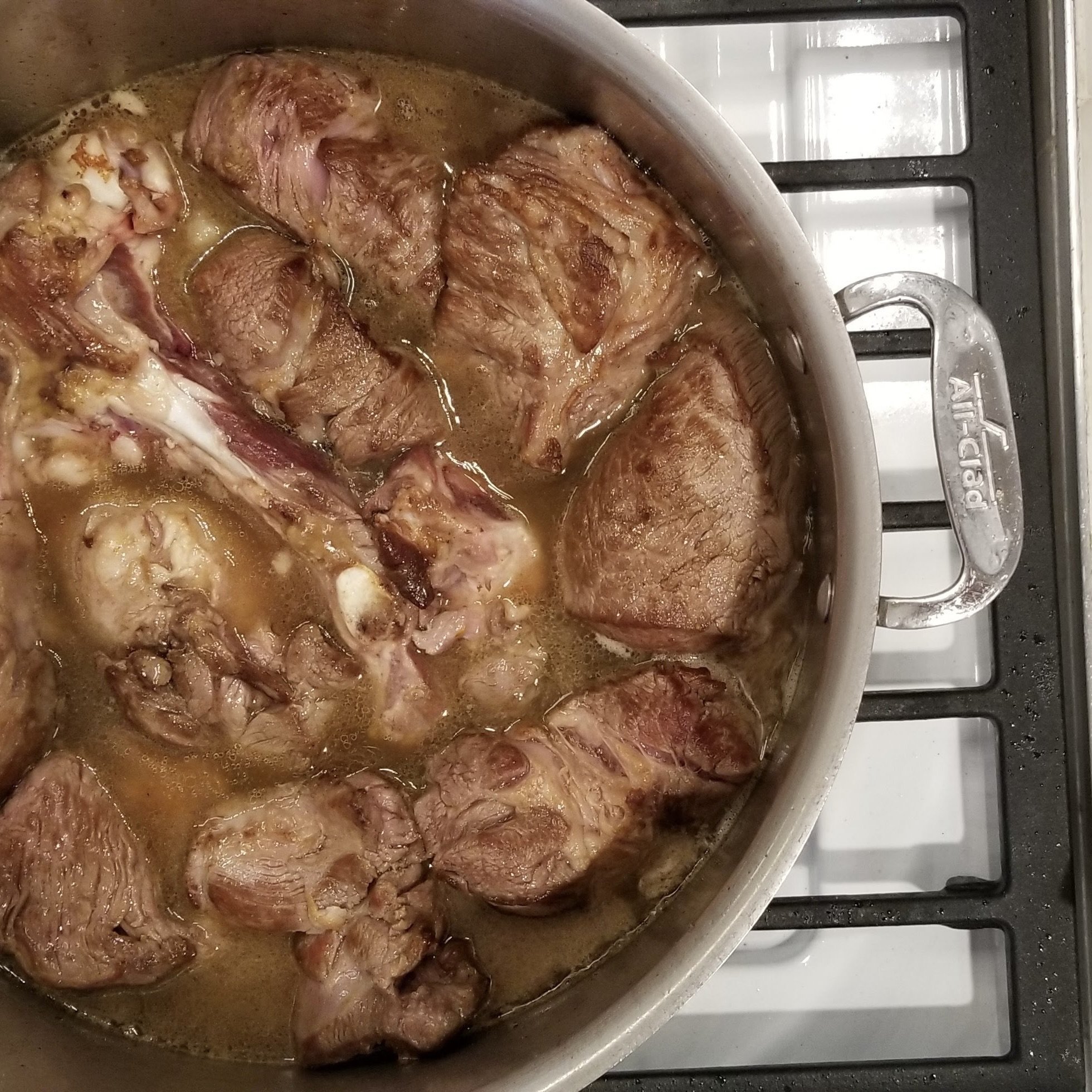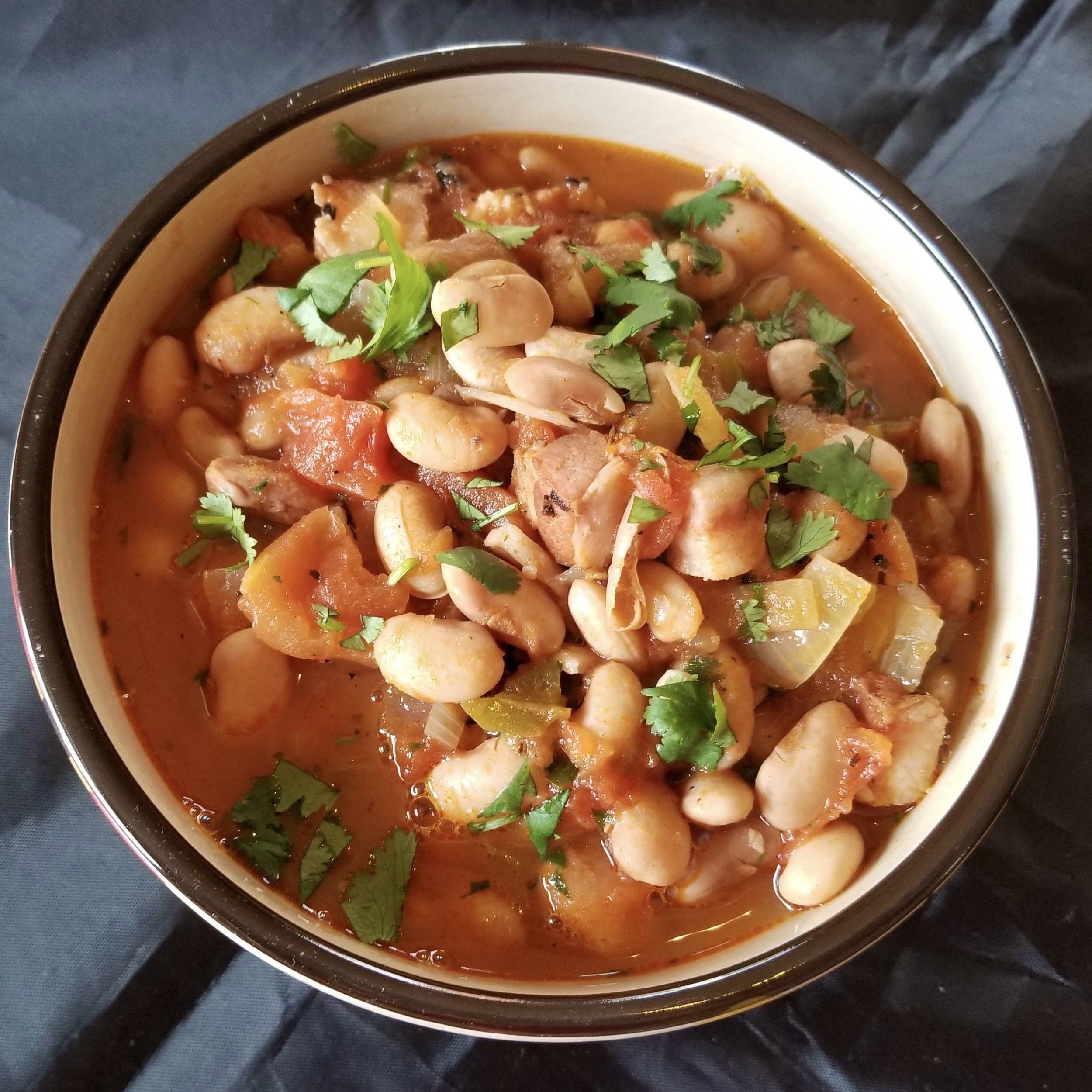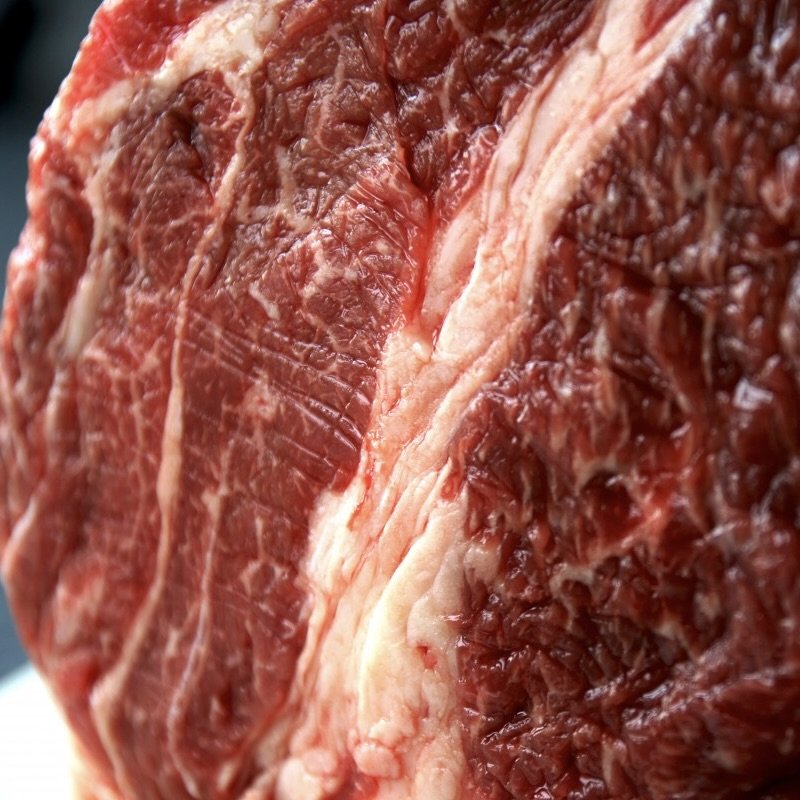THREE DRESSINGS, MANY USES
Three basic (salad) dressings, useful for many other foods as well; one vinaigrette, the other two creamier but the other two alive with the electric balancing of fat and acidity.
DEFATTING OR DEGREASING LIQUIDS
Cooks have come up with bunches of ways to remove unwanted fat from their preparations of stock or broths, gravies, stews or braises, and other “wet” dishes. (Defatting solid foods such as grilled steak or roast meats is generally a slice of a knife.)
CORNING BEEF
To “corn” a cut of meat means to preserve it in salt or heavily salted brine. (A “corn” of salt used to mean what we term “a grain of salt,” hence “corned beef.) The process is simple, although time-consuming, and was used by shippers of beef, and other meats, from Europe to the New World.
CUTTING UP FOWL
There’s one really good reason to cut up a whole chicken: it’s always a lot cheaper to buy a whole bird than already cut-up pieces like thighs or breasts. You also can do this with duck or goose and, if you’re strong enough, with a whole turkey.
BUTTERFLYING MEAT
“Butterflying” the piece of meat, before it is either roasted or grilled, gives it a flatter profile and allows for more even cooking. It also guarantees a crisper exterior or skin, and makes for easier carving and serving when cooked.
BROWNING MEAT
Browning meat creates flavor compounds that, in turn, interact to make additional savory, complex flavor compounds.
HEN AND CHICKS: VARIATIONS
One neat thing to do with an everyday, basic, all-time-favorite recipe is to put spins on it, adding to or tinkering with it so it’s not only different, it’s exciting again.
COOKING DIFFERENT CUTS OF BEEF
Which cut of beef is best served by cooking by either dry or wet heat?
COOKING WITH FRESH CHILES
What worlds of flavor and titillation fresh chile peppers can bring us!
HOW TO COOK FRESH SAUSAGES
Fresh sausages—as distinct from pre-cooked or pre-smoked sausages—must be cooked through and thoroughly.
SANDWICHES
There are as many possible sandwich combos as there are foods that you can stick between two pieces of bread.
ODD CUTS OF MEAT
Guanciale—cured fresh pork jowl—is merely one “odd” cut of meat. Photo from Popo Le Chien.
MARINATING MEAT
The claim that a marinade’s acidity “makes the meat tender and juicy” is rubbish.



















